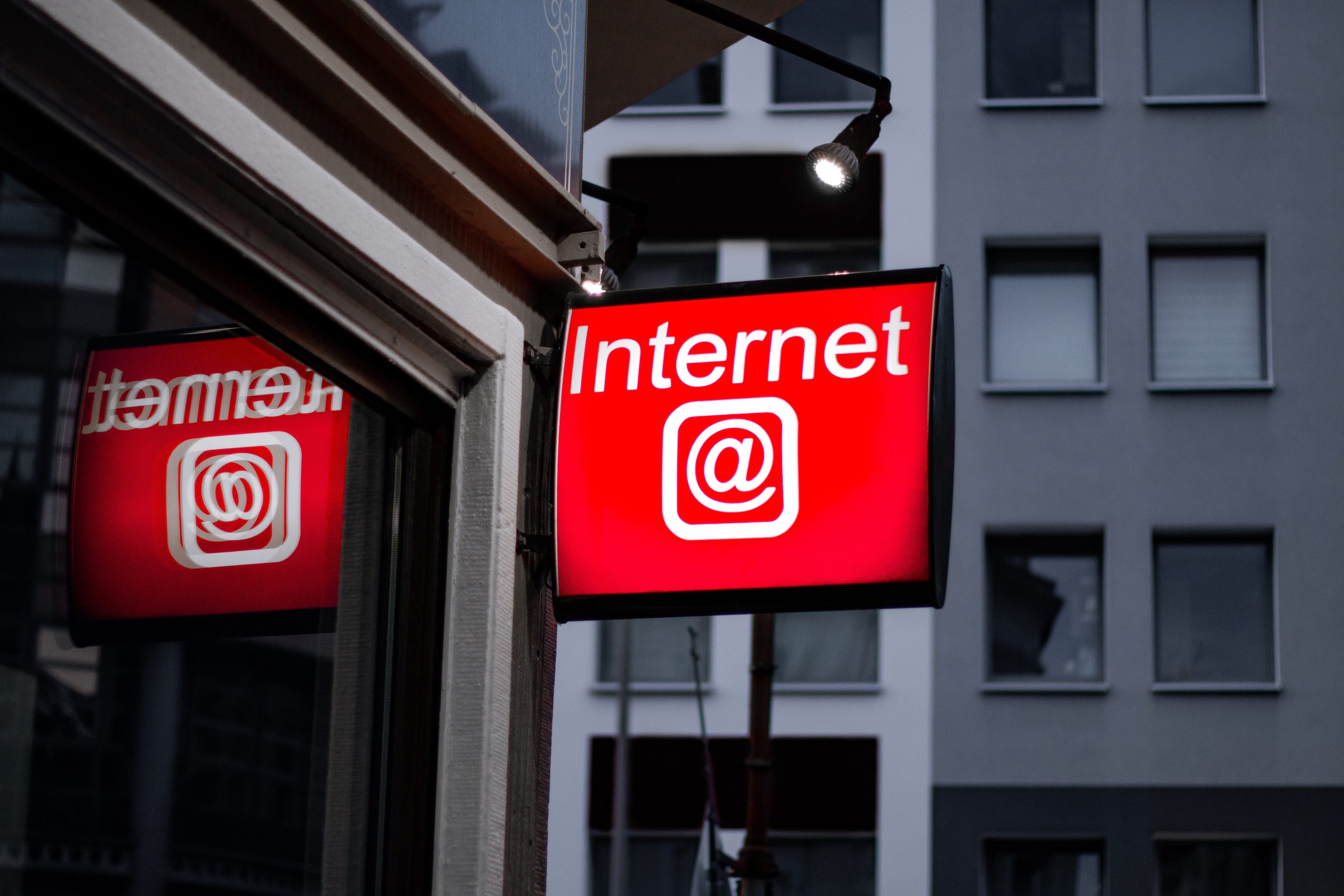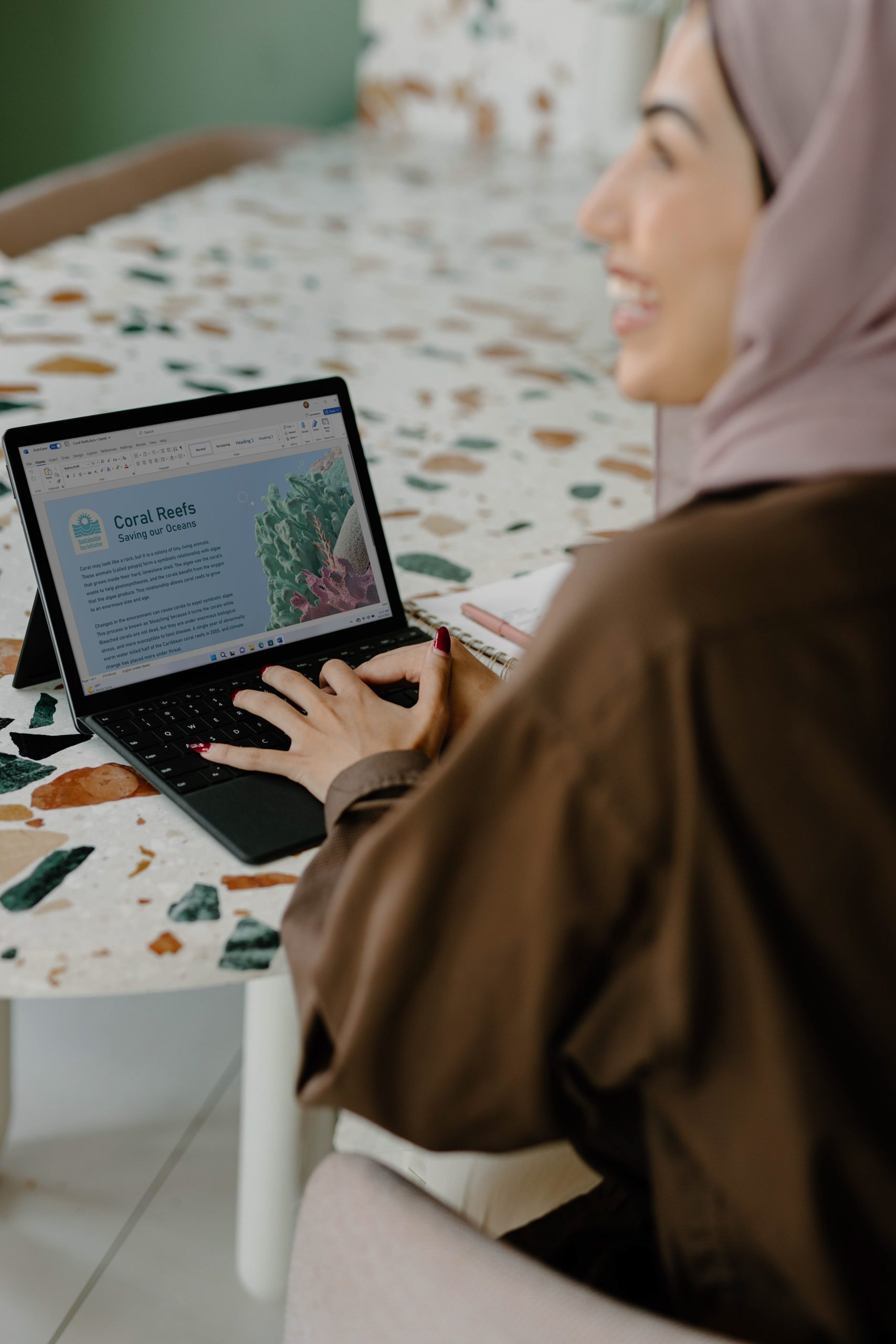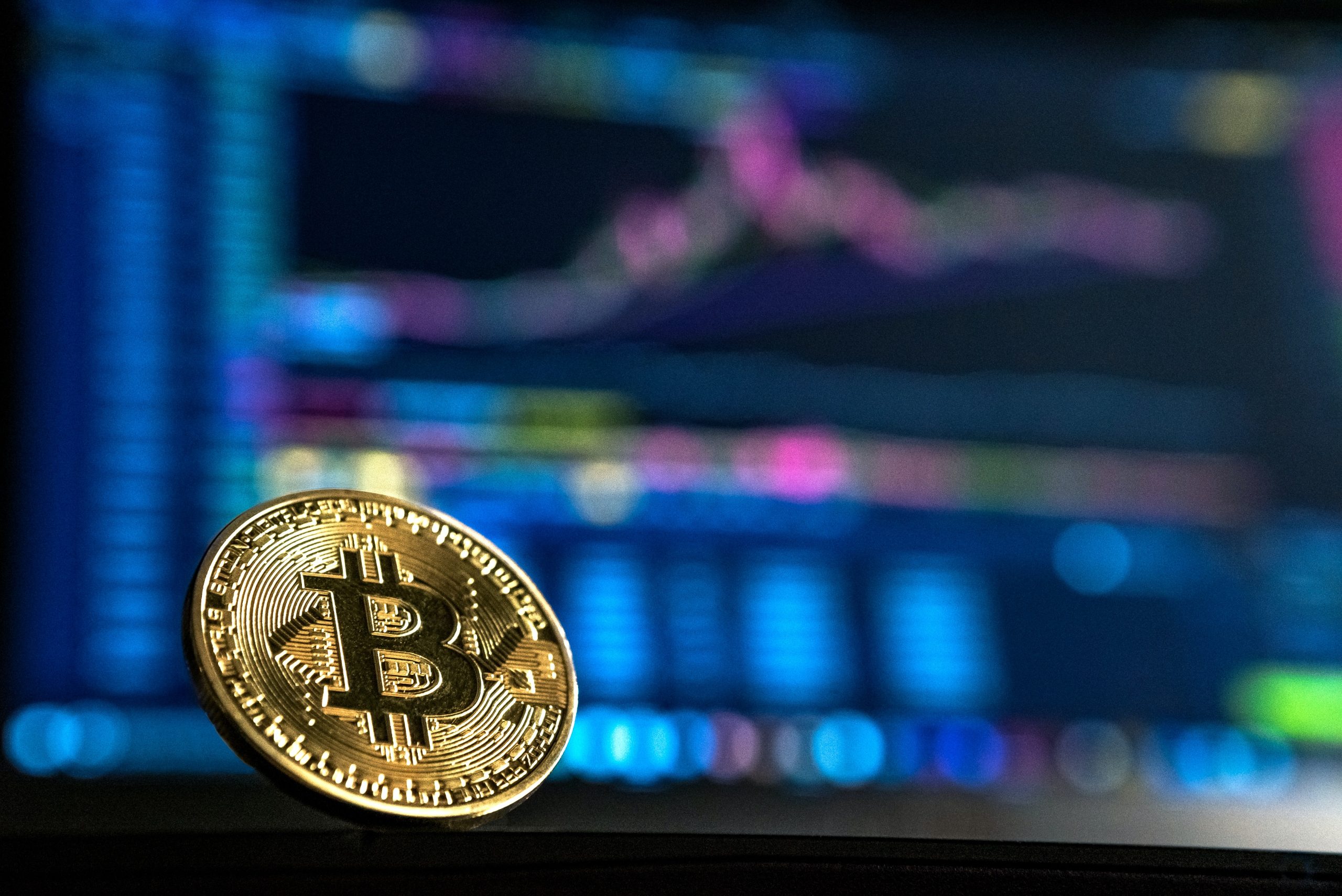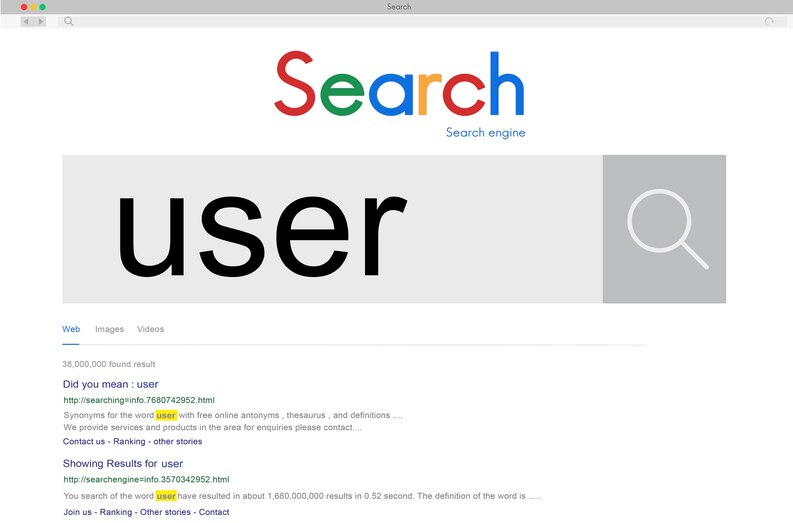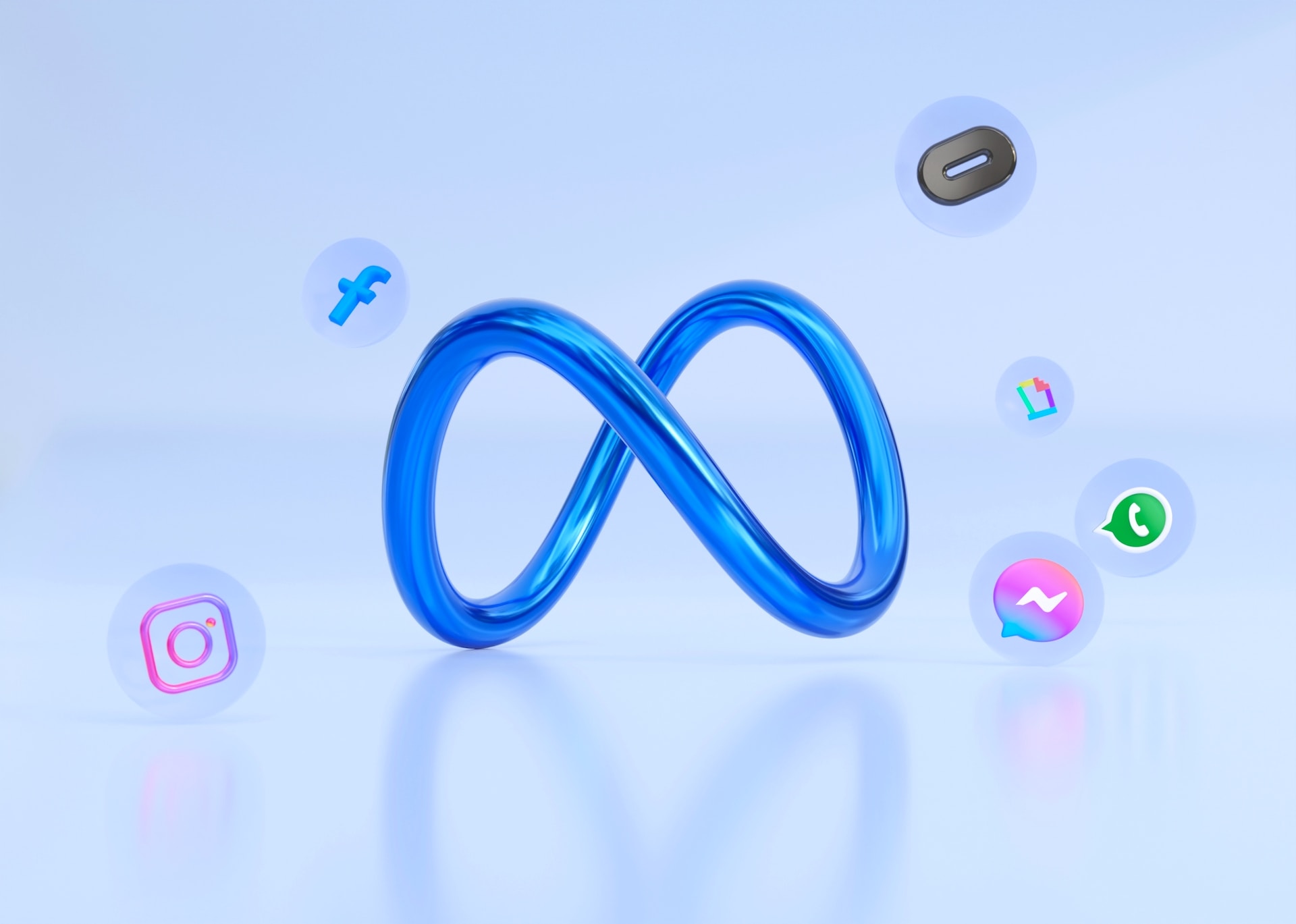As technology continues to become more advanced, so too does our way of life. The Internet of Things (IoT) is no exception to this trend. This innovative concept combines the power of the internet with everyday devices in order to create a more connected world. In this blog post, we will discuss what the Internet of Things is and how it will change how we live our lives. We will explore some potential applications for IoT, from retail stores to homes and beyond, and how these applications can benefit us in terms of convenience, efficiency, and security.
What is the Internet of Things?
In recent years, the term “Internet of Things” has become increasingly popular. But what exactly is the Internet of Things? And how will it change the way we live?
The Internet of Things (IoT) refers to the growing network of physical objects that are connected to the internet. These objects can include everything from everyday devices like thermostats and fridges, to more unusual items like cars and heart monitors.
Each of these objects is equipped with sensors and software that allow it to collect and exchange data. This data can be used to monitor and control the object, or to provide information about its surroundings.
The IoT is still in its early stages, but it has the potential to revolutionise the way we live. For example, imagine a world where your fridge knows when you’re running low on milk and orders more automatically; where your car can detect an accident ahead and warn you; or where your doctor is alerted if your heart rate suddenly drops.
The possibilities are endless – and as more and more devices become connected, our lives are only going to get more convenient, efficient, and safe.
How will the Internet of Things change the way we live?
In a world where nearly everything is connected to the internet, the potential for the internet of things (IoT) is limitless. The IoT is the network of physical objects—devices, vehicles, buildings and other items—that are embedded with electronics, software, sensors and connectivity that enable these objects to collect and exchange data.
The IoT has the potential to revolutionize the way we live, work and play. Here are just a few ways that the IoT will change the way we live:
1. We’ll be more connected than ever before: The IoT will connect people, devices and data like never before. Imagine being able to control your home’s temperature, lighting and security system from your smartphone. Or being able to track your fitness goals and progress in real-time. The possibilities are endless.
2. We’ll have more data than ever before: With billions of devices connected to the internet, there will be an unprecedented amount of data generated each day. This data can be used to improve our lives in a variety of ways – from helping us make better decisions about our health and wellbeing to improving traffic flow and reducing energy consumption.
3. We’ll be more efficient than ever before: The IoT will help us automate tasks and processes that are currently manual and time-consuming. For example, you could program your coffee machine to start brewing your morning cup as soon as your alarm goes off. Or your fridge could automatically order groceries when it detects that
The benefits of the Internet of Things
The Internet of Things (IoT) refers to the growing network of physical objects that are connected to the internet. These objects can include devices, appliances, and even buildings. The IoT promises to change the way we live, work, and play by providing a wealth of new data and capabilities.
Some of the potential benefits of the IoT include:
1. Increased Efficiency and Productivity: The IoT has the potential to increase efficiency in both homes and businesses. For example, you could use a smart thermostat to automatically adjust the temperature based on your schedule or set it to ‘away mode’ when you’re not home. This would save energy and money. In the workplace, RFID tags could be used to track inventory levels, allowing for just-in-time ordering and reducing waste.
2. Improved Safety and Security: The IoT can also help improve safety and security. For example, sensors could be used to detect smoke or carbon monoxide levels in homes or office buildings. This information could then be used to provide early warning of a fire or gas leak. In addition, video cameras equipped with facial recognition software could be used to secure entry points such as offices or apartment buildings.
3. Enhanced Customer Experience: The IoT can be used to enhance customer experiences in a variety of ways. For example, retailers could use beacon technology to send special offers or coupons to shoppers’ smartphones as they walk by specific products in their store. Or restaurants could
The challenges of the Internet of Things
The internet of things is still in its early stages, which means there are a lot of challenges that need to be addressed. One of the biggest challenges is security. With so many devices connected to the internet, it’s important to make sure they are all secure. Another challenge is interoperability. This means making sure all devices can communicate with each other regardless of their brand or operating system.
Other challenges include power consumption, data storage, and data processing. As more and more devices are connected to the internet, we need to find ways to conserve power and store all this data efficiently. And finally, with all these devices collecting data, we need to figure out how to process it all and turn it into useful information.
The future of the Internet of Things
The internet of things, also known as the IoT, is a system of interrelated computing devices, mechanical and digital machines, objects, animals or people that are provided with unique identifiers and the ability to transfer data over a network without requiring human-to-human or human-to-computer interaction.
The IoT is a rapidly growing network of physical objects that are connected to the Internet and can collect, exchange, and act on data. This network of connected devices has the potential to revolutionize how we live, work, and play.
There are already a number of applications for the IoT in our daily lives. For example, fitness tracking devices such as Fitbits use sensors to track our activity levels and sleep patterns.Smart thermostats like the Nest Learning Thermostat use sensors to detect when we’re home and adjust the temperature accordingly. And there are even smart Homes that usesensors to monitor everything from energy usage to security.
The possibilities for the IoT are endless. In the future, we will see even more everyday objects become connected to the internet and equipped with sensors. This will enable them to gather data and interact with each other in ways that we cannot even imagine today.
Conclusion
The Internet of Things is revolutionizing our world, providing us with unprecedented access to data and connectivity that was unimaginable before. From its ability to increase efficiency in manufacturing and retail operations to enabling intelligent home assistants that can keep track of tasks for you, the possibilities are truly endless. With new applications being developed every day, it’s clear that the Internet of Things will continue to shape our lives in ways we never dreamed possible.






